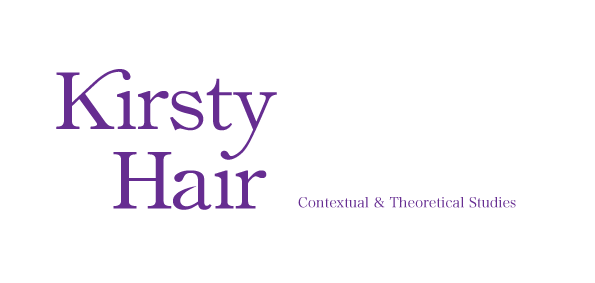After reading Garry Barker's blog, I was interested in some of the ideas he brought up about sterotyping, and could see how it related to this particular piece of graphic design. I created this logo design for the YCN M&S Plan A brief, to be recogniseable as being the identity for their Plan A products and services. Plan A is M&S contribution to making chnages to help the environment and they want to encourage and offer advice on how people can do their own bit, so this logo had to reach environmentally conscious people.
Graphic design can help to form social and cultural identities, but from this stereotyping can occur. In the logo the colour green has been used to signify the environment and the 'green' way of life. The logo itself is based upon the Helvetica Bold 'A', and within its counter is a simplistic image of a tree, which is also stereotypically represents the environment. The docile body would see this and make the connection between the colour green and the tree, and the environment. This could be closely linked to the points raised by Adorno in his piece on 'Popular Music' about cultural standardization. Due to the colour and image previously being used within graphic design, they are recogniseable as being related to the environment, which means the information is pre-digestive. When designing the logo I knew this was the case, and therefore have unfortunately reinforced this idea of standardization.
http://graphicdesigncontextualstudies.blogspot.com/2010/11/reflections-on-first-lecture.html
http://graphicdesigncontextualstudies.blogspot.com/2010/11/reflections-on-first-lecture.html






